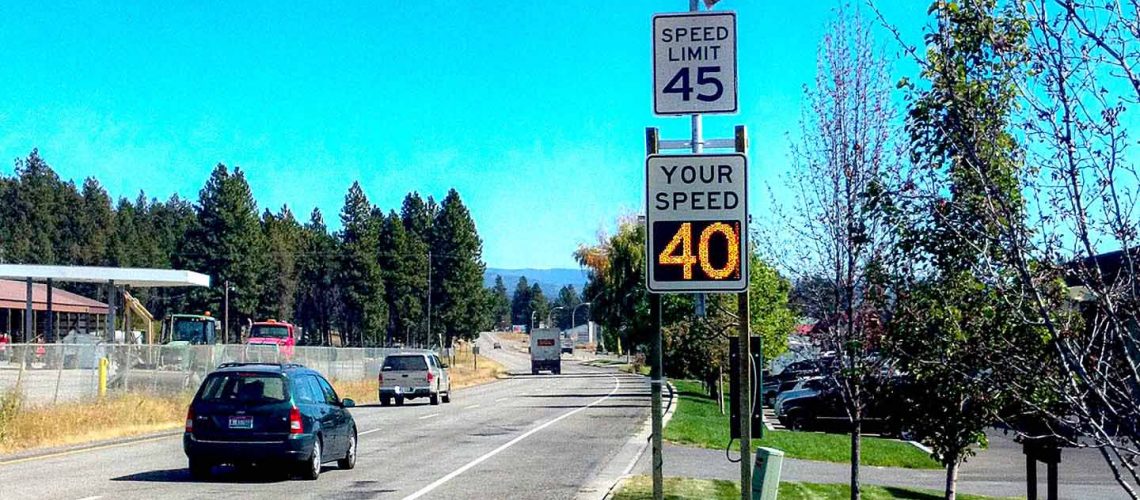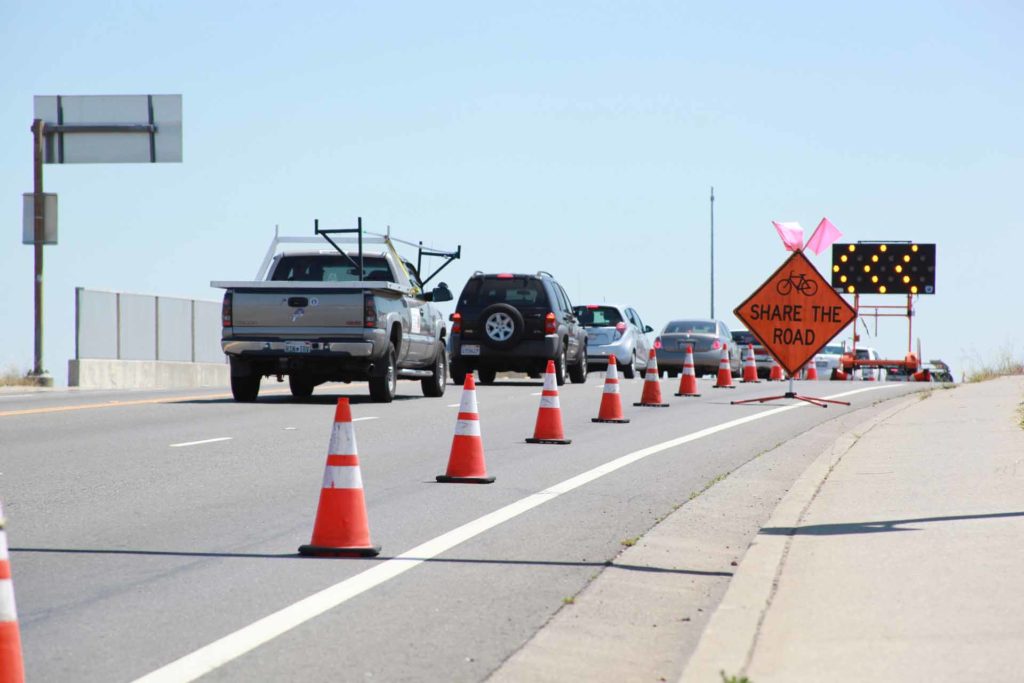- 6001 Elvas Ave, Sacramento
- (916) 451-5176

When someone mentions traffic control devices, most people picture the red octagon that tells drivers to stop. That sign matters, for sure, but it’s just one part of a much bigger picture. You can think of it as a language: each road marking, traffic light, sign, and signal has a place in the language used to help traffic run smoothly. The cars in these cities help keep them sane.
The Federal Highway Administration has a book of rules: the Manual on Uniform Traffic Control Devices. That might seem boring, but it’s what makes just one type of stop sign look and mean the same in every corner of the country. So whether you’re driving in Arizona or Ohio, the rules of the road remain the same. That predictability helps road users know what to do, even in areas they’ve never traveled before.
There is no single machine that serves all traffic. Cities are chaotic; accidents occur, the weather changes, and something unexpected (a game, a parade, or a construction zone) appears overnight. We use a blend of mechanisms to direct motor vehicles and pedestrians.
Traffic signs and stop signs offer people an option they can accept quickly. At busy intersections, traffic lights and traffic control signals are used to keep order. Street name signs and guide signs help make sure we’re headed in the right direction before we run ourselves off course. It is all a matter of balance and ensuring that people, cars, and bikes can share the space.
Regulatory signs: This is the law, no U-turn, speed limit, one way, etc. Disobey and you’re a lawbreaker.
Warning signs: Yellow diamonds that say “curve ahead” and “slippery when wet.” They let road users know what to expect.
Guide signs: Think of freeway exits, rest stops, or mileage signs. These help keep travelers from having no sense of where they are, even on long drives.
Potentially, the most well-known method of traffic control is a traffic signal. Red, yellow, green—simple, but powerful. They help to arrange movement, to minimize crashes, and to make it safe to turn, if systems are designed well. You may even see arrows or countdown timers flash off and on at some intersections to aid pedestrian safety.
Some signals will change based on the volume of traffic. This way, a busy left turn doesn’t hold red for too long, or an empty street doesn’t stop a green.
Look out the window while driving, and you’ll see pavement markings, lines, arrows, and symbols that point the way without saying a single word. Solid lines mean don’t cross. Dashed ones signal that you are allowed to change lanes. In those cases, symbols such as bike icons or turn arrows help guide everyone to the correct destination.
Even those textured bumps you find at crosswalks? They’re also considered traffic control devices. They make it easier for people who can’t see well to perceive edges or transitions.
Maintaining traffic control devices is a behind-the-scenes job that matters more than people realize. Sun fades signs. Snowplows knock things loose. Traffic lights burn out. If a control device isn’t working right, the whole system breaks down.
City crews constantly repaint lanes, replace signs, fix bulbs, and repair sensors to keep things safe. The goal? Make sure every signal or sign says exactly what it’s supposed to.

You may not think a red sign could bear much weight, but stop signs are important for traffic control. They’re placed strategically so drivers who might not have time to react without slamming on their brakes have enough time to do so.
Slap enough stop signs on a road, and people stop treating them like stop signs. Put too few, and crashes rise. It’s a balance.
Warning signs, plus reduced posted speed limits, keep drivers from cutting you off where it counts most, on hairpin curves, through school zones, at busy intersections. Some even have radar signs that flash your speed when you’re driving too fast, more or less functioning like a scolding version of a poster that says “Slow down.”
The goal isn’t to punish. It’s to persuade. Natural deceleration also leads to improved pedestrian safety and less severe collisions.
Not everything has to be mounted to a pole or connected to a power source. From a construction zone, there will be cones, barrels, rumble strips, or temporary signs mounted on trailers. The rest of them may come and go, but these other traffic control contraptions are just as valuable, especially in questionable or hazardous areas.
Enforcing the Rules
These are all devices that have meaning provided by traffic laws. No enforcement, and people start ignoring traffic control by the first officers. And that creates danger. They must have faith that when a light is red, everyone will stop. If even just one person doesn’t, the whole system collapses.
But punishment is not the whole of it. It’s also about habit. When people see signs and signals they understand and trust, they’re more likely to follow the rules.
Today’s traffic systems are smarter than you think. Sensors gather data, how fast cars travel, how many cars pass through, and how long they wait at lights. That data goes into software that tweaks traffic lights to move things along.
You may not even realize it has just changed, but when at 5:30pm your normal backup isn’t quite as bad all of a sudden, it may have already happened to the system.
So, what are traffic control devices? It’s not just stoplights and signs. They range from pavement markings and guide signs to street name signs and even those cones that seem so irrelevant. Together, these tools can manage traffic, guard pedestrian safety, and keep all of us moving, whether we drive, walk, or bike.
For the most part unnoticed, however, these systems work 24/7 to keep roads running. Each time you drive past a clean, well-marked sign or coast through a timely green light, just remember, someone put that there. And they most likely did a fairly good job.
Get in touch with Capitol Barricade today to ensure your traffic control project is handled with expert precision, reliable equipment, and the kind of support that keeps everything running safely and smoothly.